Experiencing a personal injury is daunting, particularly if it results in increasing medical expenses, lost wages, and psychological distress. Whether the injury resulted from a car accident, a work-related accident, or negligence by another party, filing a personal injury claim may provide the monetary compensation necessary to recover.
Knowledge about the process of filing a claim can minimize confusion and reduce the chances of errors.
The following is an in-depth review of the process involved in a personal injury claim.
Step 1: Seeking Medical Attention
The first and foremost thing to do after any accident is to receive immediate medical treatment. Not only is it important for your health, but a timely medical record will prove valuable evidence in case you opt to file a claim. Procrastination might not only deteriorate your health further but may also dilute your case. Be sure to take all the advice of your physicians, including medications, therapy, and follow-ups.
Step 2: Seeking Advice from a Lawyer
After you’ve treated your immediate health issues, the next step is to consult a personal injury lawyer. A knowledgeable attorney can assess the circumstances of your case, inform you of your rights, and decide if you have a valid claim. Most personal injury lawyers provide free consultations and represent clients on a contingency fee basis, so they don’t charge unless you prevail.
Step 3: Investigation and Documentation
After agreeing to representation, your attorney will launch an investigation into the incident. This may include collecting medical records, police reports, photographs, witness statements, and surveillance footage. Strong documentation is crucial to support your claim and establish liability.
This is also when your lawyer will start calculating your overall damages—not only medical expenses, but lost wages, future care requirements, and emotional distress as well. This thorough analysis makes sure you are not shortchanged.
Step 4: Filing the Claim
After enough evidence is acquired, your lawyer will begin the process of filing a claim against the at-fault party’s insurance company. Your lawyer will provide a comprehensive explanation of what occurred, a description of your injuries, and a demand for payment. Your demand can also be supported with documentation like medical assessments and evidence of lost income.
By this point, your attorney might negotiate with the insurance company in hopes of securing a reasonable settlement. Most personal injury claims are settled through negotiation rather than going to trial.
Step 5: Negotiation and Settlement
Lowball offers are the norm from insurance companies. Your lawyer will reject these offers with a solidly documented case for a greater figure. This offer-and-counteroffer process can stretch on for weeks or months, depending on how complicated the case is and the extent of your injuries.
Negotiation is a significant component of the legal process, and experienced attorneys understand how to develop leverage in the long run. A working knowledge of case law, insurance strategies, and medical evidence usually proves crucial in obtaining the ideal settlement. Should a satisfactory compromise be negotiated, your case will be settled without the need for court intervention.
Step 6: Litigation (If Necessary)
If negotiation fails, your case can go to trial. This means filing a complaint and getting ready for trial. Discovery, depositions, and motions will come next before the case goes before a judge or jury.
While a trial may be a more time-consuming and costly process, sometimes it leads to larger awards—particularly in serious injury or obvious evidence of negligence cases.
Also, trials can be a way to get closure for the losses the victim sustains. Publicizing the accident or how the accident was caused sheds light on the different ways one could prevent these accidents from occurring again.

